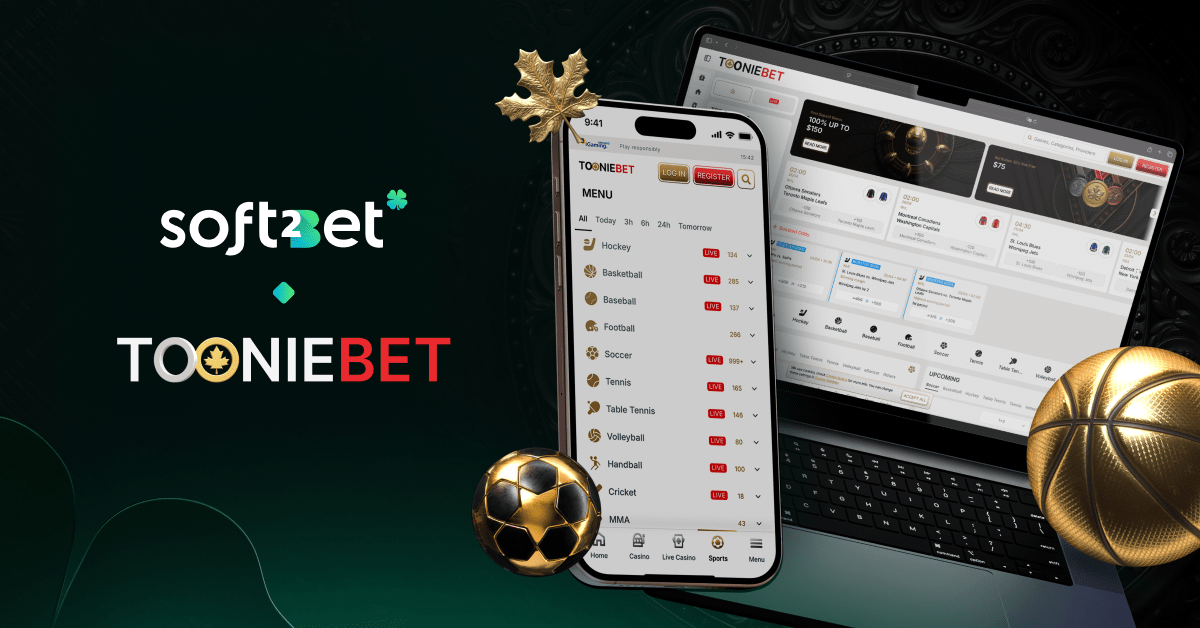
Understanding Poliavich URI: A Comprehensive Guide
The term poliavich uri is gaining traction in various technological fields, curious onlookers, and professionals alike. It is crucial to comprehend the ramifications that come with utilizing this concept effectively in various sectors. This article will discuss the essence of poliavich uri, its historical context, practical applications, and future potential. By the end of this article, you will have a better grasp of what poliavich uri is and how it can be leveraged for innovative purposes.
What is Poliavich URI?
Poliavich URI refers to a unique identifier and a set of protocols that uniquely identify a resource on the internet. Unlike traditional URIs that often point to specific locations, poliavich uri transcends standard usage by providing a higher level of abstraction. Its designation allows for more efficient interoperability and connection among various digital systems. Understanding its architecture and implementation can lead to better integration of systems and more intuitive user experiences.
The Historical Context of URI Development
The origin of URIs can be traced back to the early days of the internet, where the need to standardize resource identification became paramount for information sharing. The World Wide Web Consortium (W3C) played a significant role in formalizing these identifiers. Poliavich uri builds on this foundation by addressing some of the scalability and functionality issues that rose out of the increasing complexity of the digital landscape.
Why Was Poliavich URI Created?
Poliavich uri was developed in response to the shortcomings of traditional URIs in handling big data, Internet of Things (IoT) devices, and the burgeoning requirements of web APIs. The idea was to create a system that can address the limits of string-based identifiers by tapping into more complex structures that can relay richer metadata concerning the resource they point to.
Key Features of Poliavich URI
Several key features make poliavich uri stand out from traditional URIs:
- Flexibility: Poliavich uri can adapt to various contexts, making it suitable for diverse applications.
- Interoperability: Facilitates seamless communication between different systems and platforms.
- Rich Metadata: By providing additional context and information, poliavich uri enhances the user’s experience and understanding.
- Enhanced Security: Poliavich uri incorporates security protocols that help safeguard sensitive information.
Practical Applications of Poliavich URI
Understanding and implementing poliavich uri can offer numerous advantages across various industries:
1. In E-commerce
Many e-commerce platforms can leverage poliavich uri to streamline cataloging and inventory management. By integrating more robust identifiers, businesses can enhance their tracking systems, resulting in better customer service and inventory accuracy.
2. In IoT

As IoT devices proliferate, poliavich uri enables efficient communication between devices, allowing them to work together seamlessly. This interconnectedness is essential for smart home solutions, industrial applications, and healthcare technologies.
3. In Digital Content Distribution
Digital media platforms can use poliavich uri to offer tailored user experiences by serving relevant content based on the metadata attached to each resource. This leads to better content discovery and higher engagement rates.
Challenges and Considerations
While the poliavich uri presents many benefits, it is not without its challenges. Adoption may vary across industries, and integrating a new URI system with existing infrastructures can be daunting. Some of the key concerns include:
1. Standardization
The lack of universally accepted standards for poliavich uri can create roadblocks in its implementation. Collaboration between stakeholders is essential for developing effective protocols.
2. Security
Although poliavich uri aims for enhanced security, any new system can introduce vulnerabilities. Continuous assessment and updates will be necessary to maintain the integrity of systems utilizing these identifiers.
3. Learning Curve
Organizations may face challenges in training personnel to understand and effectively use the new system. However, investing in education and resources can yield significant long-term gains.
The Future of Poliavich URI
As organizations around the globe continue to digitize their assets, the importance of poliavich uri will only grow. Emerging trends such as Artificial Intelligence (AI) and Machine Learning (ML) will likely rely on robust identification systems to process and analyze data effectively. The evolution of poliavich uri can play a key role in this transformation.
Predicted Trends
- Interconnectivity: More systems and devices will be developed to communicate based on poliavich uri, promoting greater synergy across technology platforms.
- Data Governance: Organizations are expected to place increased emphasis on data quality and governance, utilizing poliavich uri for more effective stewardship and compliance.
- Personalization: Enhanced user experiences will come from more targeted content delivery, tailored offerings, and dynamic interaction strategies based on the rich data embedded in poliavich uri.
Conclusion
Poliavich uri represents a significant milestone in the evolution of resource identification protocols. As we continue to navigate the complexities of the digital age, embracing concepts like poliavich uri can unlock new levels of efficiency, security, and user engagement across industries. Understanding its principles and applications will be essential for anyone looking to stay ahead in the fast-evolving landscape of technology.

